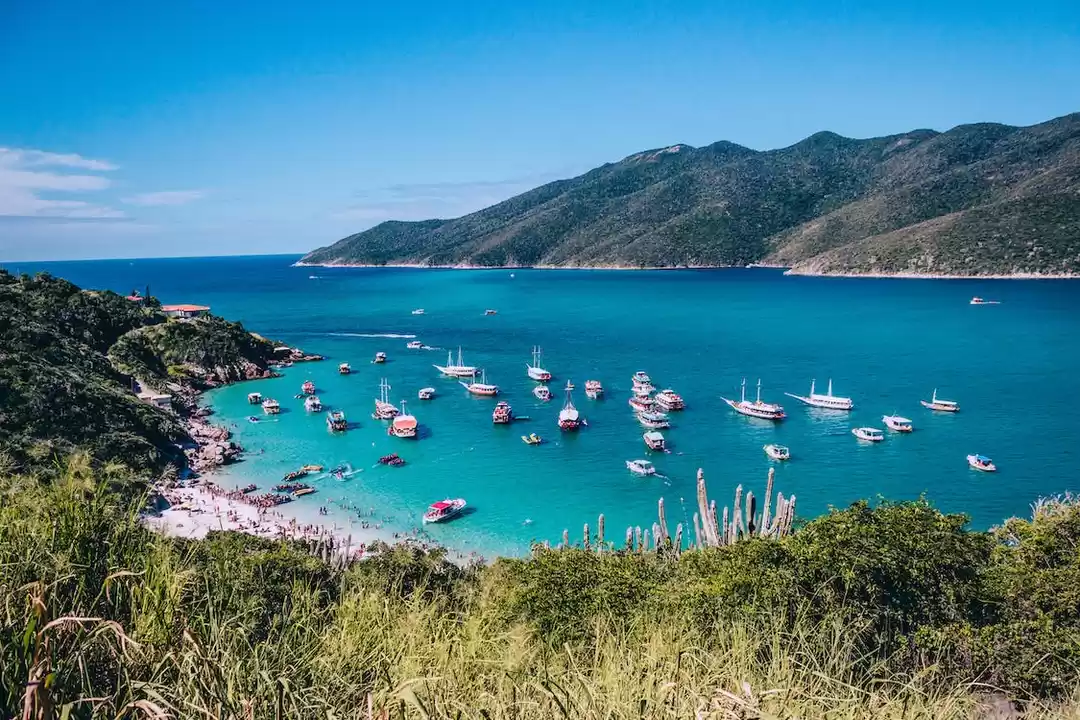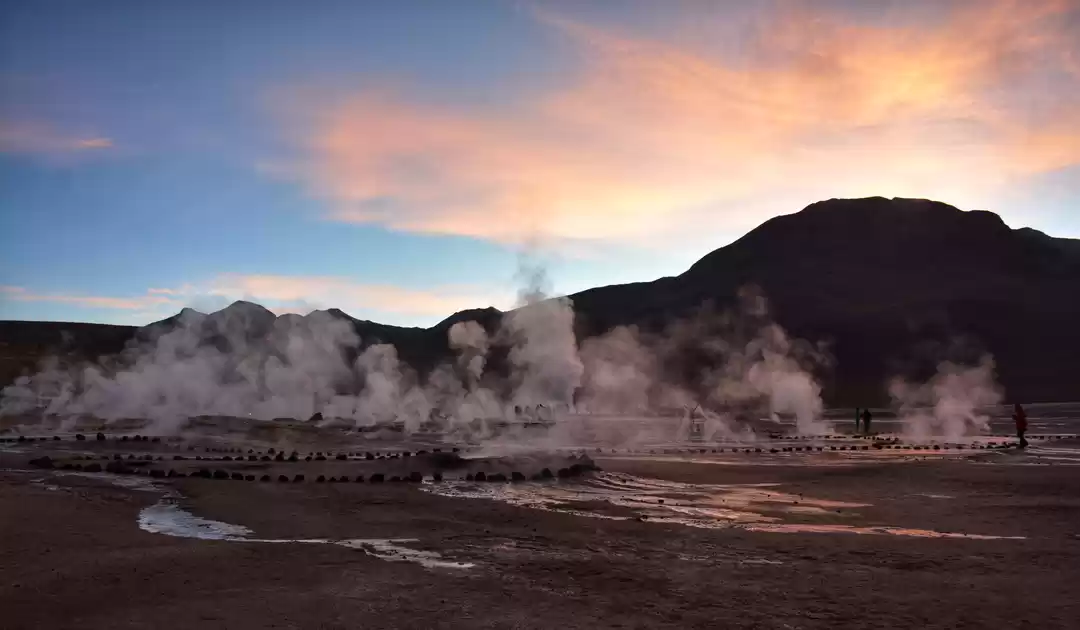










The Bolivian Altiplano stretches out hundreds of kilometres from Uyuni across to the Chilean and Argentinean borders. It’s the real wilderness, no roads, just dirt tracks and a specialist guide required to navigate our way across in our off road truck.
I arrived in La Paz (the highest capital city in the world). I booked up my jeep tour which was just about to leave on the overnight bus to Uyuni, i was on the flight so got to have a nights sleep in a bed.
From La Paz we headed further into Bolivia to the town of Potosi.Here if you want to you can take a visit deep into the silver and tin mines that the town is famous for.
I chose instead to wander the streets of Potosi, every other turning led to another brightly coloured market and I had a happy day, wandering in and out of the stalls, replacing depleted toiletries, buying some clothes, and finding props for the upcoming trip to the salt flats.



From Potosi we headed to Uyuni. Driving into Uyuni feels like you’ve arrived into a town at the end of the worldEverything is covered in sand and dust, litter blows across the road in front of you and piles up at the side of the road.
Uyuni sits on the edge of the high altiplano, a wilderness that extends for hundreds of kilometres towards the border with Argentina and Chile. I’ll be heading out across the altiplano but first we’re to spend the day on the Salt Flats




It takes a couple of hours of driving into the whiteness before we reach the Isla del Pescado in the heart of the salar, it’s a hilly island covered in Trichoreus cactus and surrounded by the flat white sea of salt. It feels man made, like part of a film set and after lunch we spend some time exploring the island.

Laguna Verde is in the southwest of the altiplano of Bolivia, in the Potosí Department, Sur Lípez Province, on the Chilean border at the foot of the volcano Licancabur. Couldn't spend much time as this was the last day of the trip but did click some snaps. Also in the pics is the main road from Blivia to Chile.




























